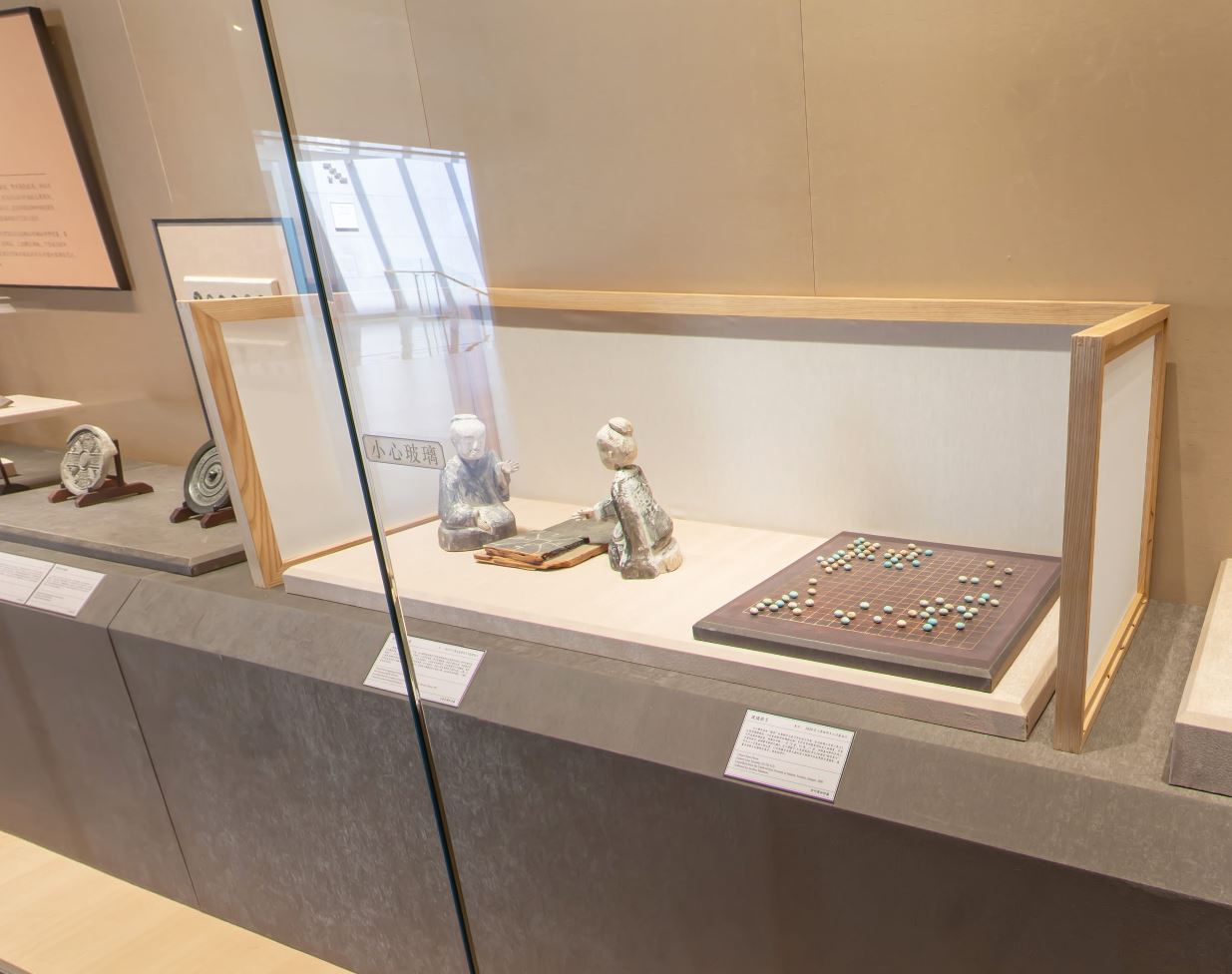this post was submitted on 04 Jun 2023
14 points (100.0% liked)
Go - Weiqi - Baduk
16 readers
1 users here now
A place for players of Go / Weiqi / Baduk and anyone who wants to learn.
Rules:
-
Be civil.
-
Posts should relate to Go. Off-topic posts may be removed.
-
Memes, etc. are permitted if they follow rules 1 & 2.
Links:
Beginner Learning Resources
General Learning Resources
Go Servers:
Go Puzzles:
founded 1 year ago
MODERATORS
you are viewing a single comment's thread
view the rest of the comments
view the rest of the comments

From what I've read, they (around Han dynasty) basically just put everything a person would use in life in their tomb, from vessels, house wares, daily objects, clothes, even food, wine, and figurines as servants, or if someone had a military position, their weapons, horses, armors, etc. So if someone loved to play Go in life, likely their family will put a Go set into the tomb. And they would even write what would go inside a tomb in a checklist and seal it in with the tomb as well, like helping the dead to organize and check if they miss anything.
The tradition of treating the dead family members like they were still alive, still persist today, like there is a special holiday (清明節) in every year, specifically for this purpose. We would visit those had passed away in their graveyards, organize and clean things up, and told them what had happened in the past year.